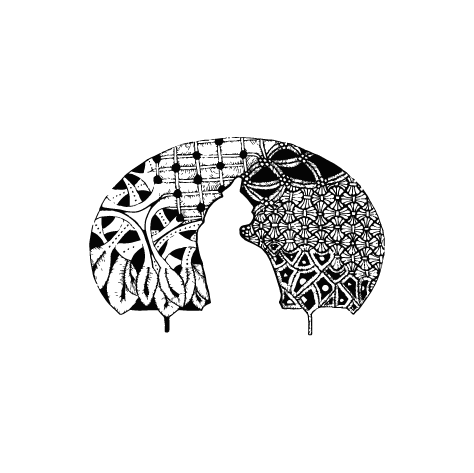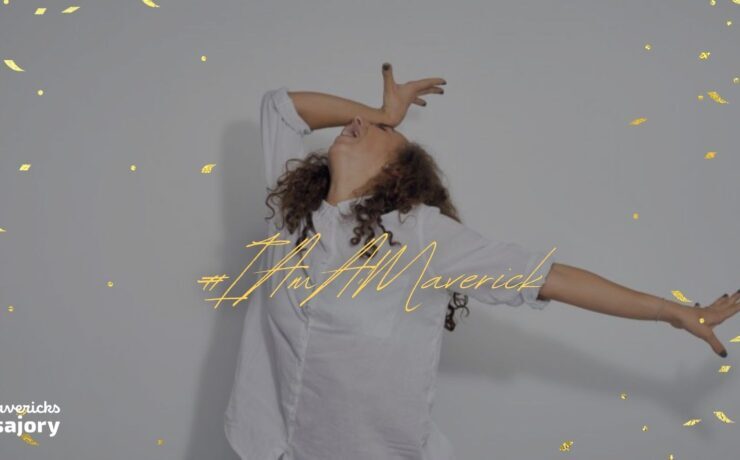Trees remember

Trees “remember” that they were shaken in the past.
Plants grown outdoors grow thicker and sturdier than those in greenhouses, even in the same amount of light. They face strong winds, heavy snow and other natural and man-made accidents.
In the example of a Larch tree, it even re-designs itself if it was attacked by caterpillars.
In the year after an assault, the tree remembers its experience and produces leaves that are shorter and stouter than usual. Their new design does not photosynthesize as efficiently as the original thinner & longer one, but it’s better at repelling pests. In the following years, the caterpillars, later becoming moths, will no longer find it a tasty environment and leave, and the tree will revert to normal foliage.
And then there’s the Aspen tree.
At first appearance, the aspen doesn’t look tough.
With its ghostly smooth and greenish-white trunks, long flat stalks that turns melancholic yellow in the autumn. It seems the furthest example from resilience a tree could be. Yet it flourishes where other trees, seemingly stronger and more equipped for resilience, perish.
Those unassuming cloning machines are one of nature’s most resourceful trees. Apart from their ability to bounce back after fire, they reproduce by asexual cloning. They generate copies of themselves and shoot up suckers through their lateral roots. This vast established root system proves itself effective in case of a forest fire. If the fire occurs in winter when the ground is frozen, or in spring when it is still wet, the roots survive and they can reproduce a grove of aspens within months.
In Emulating nature, we need to up our game if we are to think in such agile and creative manner. Faced with challenges, we need to learn methods of self-renewal as well as self-restructuring, as well as find ways to connect our systems with that of the environment we belong to. We need to need to seem strong and powerful, we just need to trust our design that it will persist in face of disturbances.
(This is a short passage from a chapter I’m writing, in an edited book, about biomimicry.
Hang in there Cornelia, it’s coming 😉)



